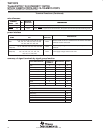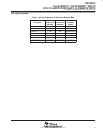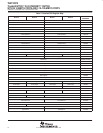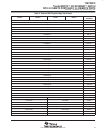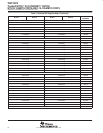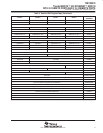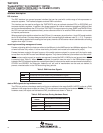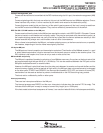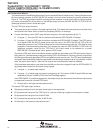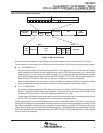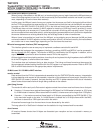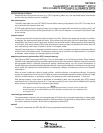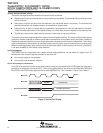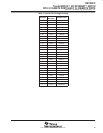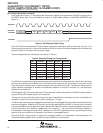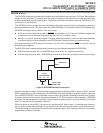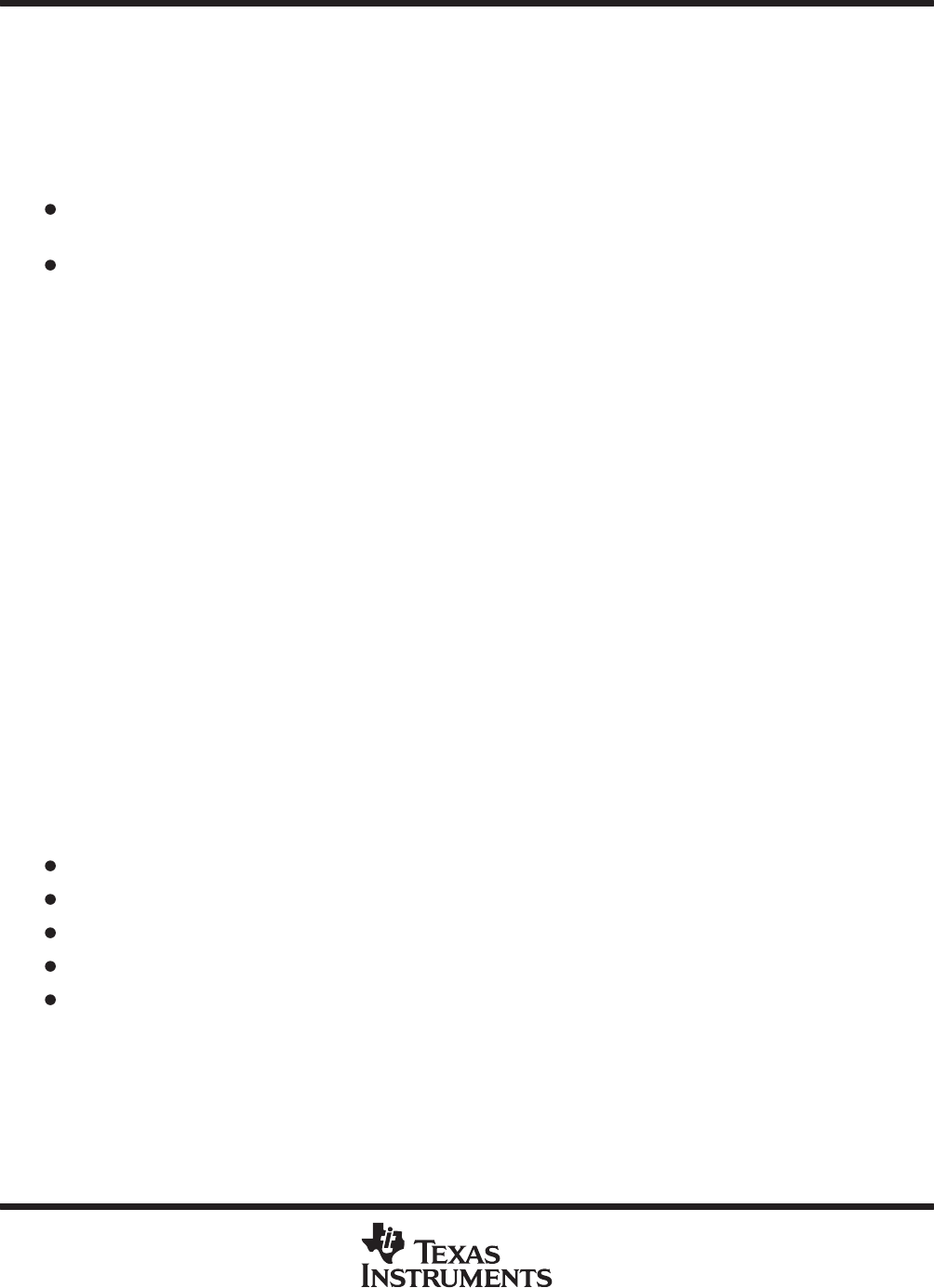
TNETX3270
ThunderSWITCH 24/3 ETHERNET SWITCH
WITH 24 10-MBIT/S PORTS AND 3 10-/100-MBIT/S PORTS
SPWS043B – NOVEMBER 1997 – REVISED APRIL 1999
20
POST OFFICE BOX 655303 • DALLAS, TEXAS 75265
frame format on the NM port
The frame format on the NM port differs slightly from a standard Ethernet frame format. The key differences are:
the frame always contains an IEEE Std 802.1Q header in the four bytes following the source address (see
Figure 2). The TPID (tag protocol identifier or ethertype) field, however, is used in the switch for other purposes,
so a frame transmitted out of the switch on the NM port does not have the IEEE Std 802.1Q TPID of 81–00
(ethertype constant) value in these two bytes.
The first TPID byte output contains:
The frame source port number in the least significant bits. This allows the frame source port number to be
carried within the frame, which is useful for processing BPDUs, for example.
A cyclic redundancy check (CRC) type indicator (crctype) in the most significant bit (bit 7).
• If crctype = 1, then the CRC word in the frame excludes the IEEE Std 802.1Q header.
• If crctype = 0, then the CRC word in the frame includes the IEEE Std 802.1Q header. This CRC word is
for a regular IEEE Std 802.1Q frame format with the value in the IEEE Std 802.1Q TPID of 81–00
(ethertype constant) in the TPID field. Because the internal frame format uses the TPID field for other
purposes in the manner being described, it is necessary to insert the IEEE Std 802.1Q TPID of 81–00
(ethertype constant) value into the TPID field if the frame needs to be restored to a normal
IEEE Std 802.1Q frame format, which passes a CRC check.
To provide a CRC word, which includes the header, the NM port generates a new CRC word as the frame is
being read out. It simultaneously checks the existing CRC in the frame and, if an error is found, ensures that
the final byte of the newly generated CRC is corrupted to contain an error, too. The CRC word is deliberately
corrupted if the header parity protection (described in the following) indicates an error in the header. In either
case, the pfe bit also is set to 1 after the final byte of the frame has been read from NMdata.
If the frame was received on a port other than the NM port, then the crctype bit is set if an IEEE Std 802.1Q
tag header was inserted into the frame during ingress.
• If crctype = 1, a header was inserted.
• If crctype = 0, a header was not inserted (crctype also is 0 if the frame VLAN ID was 0x000 and was
replaced by the port VLANID (PVID) from the PortxQtag register).
In an IEEE Std 802.1D-compliant application, the header simply can be removed from the frame to produce
a headerless frame with a correct CRC word.
• All other bits in the byte are reserved and are 0.
The second TPID byte output contains:
Odd-parity protection bits for the other three bytes in the tag header
Bit 5 protects the first byte of the TPID field (i.e., the one containing crctype and source port number).
Bit 6 protects the first byte of the VLAN ID field.
Bit 7 protects the second byte of the VLAN ID field.
All other bits in the byte are reserved and are 0.



